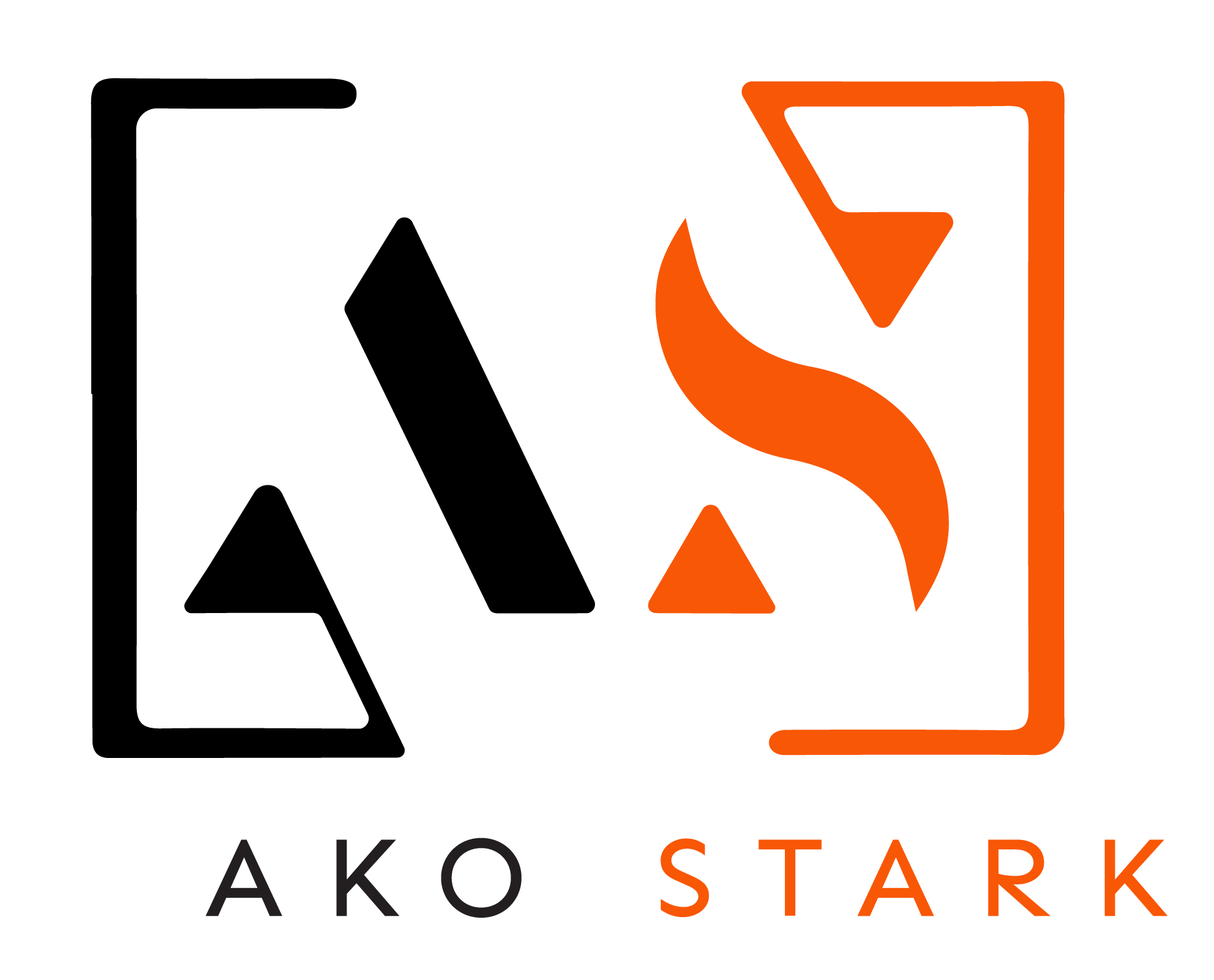In the realm of digital marketing, the power of content extends far beyond the confines of traditional blog posts. A common misconception is that SEO content must be long, tedious, and crammed with keywords. However, the landscape of SEO content is rich and varied, offering numerous formats to engage your audience, improve search engine rankings, and enhance your marketing funnel.
The Spectrum of Written SEO Content
Diving deeper into written content, we uncover six unique types that can revolutionize your content strategy:
- Pillar Pages: These comprehensive pages serve as the foundation of your content strategy, optimized around a core keyword. They provide an overview of a topic and link to detailed blog posts on subtopics, enhancing your site's internal linking structure and SEO.
- Lead Gen-focused Posts: Targeting specific aspects of a broader topic, these posts include lead magnets to convert readers into leads, enriching your content strategy with valuable resources like e-books or white papers.
- Landing Pages: Optimized for product-related or transactional keywords, landing pages aim to convert visitors with persuasive copy, combining sales tactics with SEO strategy.
- Highly-targeted BOFU Posts: Addressing transactional keywords, these buying guides help users make informed decisions, targeting purchase-focused queries not covered by other pages.
- Industry-specific Posts: Demonstrating your brand's expertise, these long-form articles draw in your ideal customers by showcasing in-depth knowledge and incorporating long-tail keywords.
- Awareness-creating Guides: Introducing your brand to new audiences, these top-of-funnel guides are designed to build trust and lay the groundwork for future conversions.
Beyond Written Content: Embracing Diverse Formats
Expanding our view beyond written content, we find a plethora of formats that regularly top Google's search results:
- Blog Posts: Updated regularly, these can cover a wide range of topics and maintain engagement.
- Short-form Evergreen Content: Concise articles that remain relevant over time.
- Long-form Articles: In-depth discussions on specific topics.
- Photo and Visual Galleries: Captivating collections of images or visuals.
- Detailed Lists: Information-rich lists that provide value and insight.
- Interactive Tools: Engaging tools that offer personalized information or services.
- Comprehensive Category Landers: Pages that lead users to more detailed content.
- Multi-page Guides: Extensive guides covering various aspects of a topic.
- Data Visualization: Complex information presented in an easily digestible format.
- Videos: Content that can be either hosted on YouTube or embedded on a page.
The Essence of E-A-T in SEO Content
E-A-T is a framework that Google uses to assess the quality of web content, ensuring that users are presented with information that is accurate, reliable, and beneficial. It's particularly crucial in fields where accuracy is paramount, such as healthcare, finance, and legal advice. Incorporating E-A-T into your content involves:
- Expertise: Showcasing your or your authors' unique knowledge and skills in your content area.
- Authoritativeness: Establishing your site or authors as go-to sources within your industry or niche.
- Trustworthiness: Building confidence in your content's accuracy and your website's security.
Choosing the Right Format for Your Content
Selecting the appropriate content format hinges on understanding the searcher's intent, analyzing the current search results landscape, and identifying what resonates with your audience and their influencers. Whether you're aiming for quick answers, deep comparisons, or broad overviews, the format you choose should align with the user's needs and the unique characteristics of your target audience.
Crafting a Multifaceted Content Strategy
SEO content doesn't have to be monotonous or limited to traditional blog posts. By incorporating a variety of content formats into your strategy, you can engage your audience at different stages of the marketing funnel, cater to diverse search intents, and stand out in the competitive digital landscape. Remember, the key to a successful SEO strategy is not just about using keywords but creating high-quality content that informs, entertains, and converts.









